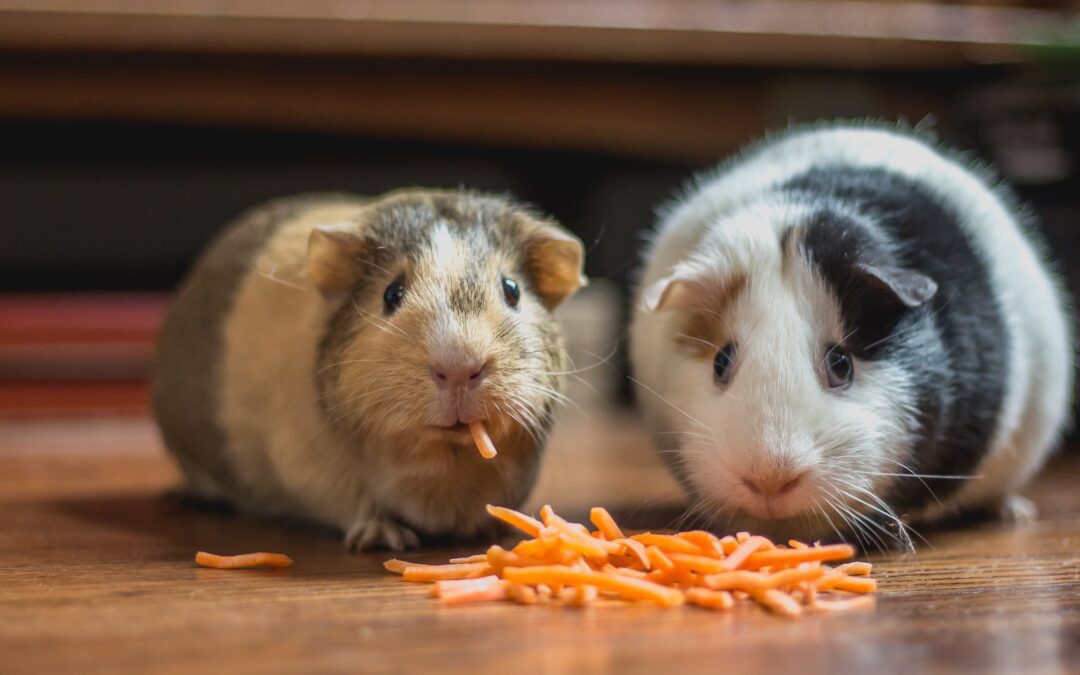Potential Choking Hazards For Your Pet
As pet owners, we must always ensure our pets are safe. We provide them with food, sufficient exercise, and love and affection. Choking is a risk, nevertheless, one we frequently ignore. Pets can choke on objects too large or challenging to swallow, just like humans. This not only has the potential to cause serious physical harm but also to be lethal. This blog post will cover the various choking risks pets encounter and advise on how to keep your pet safe.
Food presents one of the most significant choking risks for pets. Even though most pet foods are made to be easy to chew and digest, some can be harmful. For instance, small breeds or elderly animals with weaker teeth may struggle to chew on hard biscuits or kibble. Additionally, bones and chews made of rawhide might fracture and lodge in the intestines or throat. In general, it is recommended to refrain from giving your pet table scraps or anything else that was not specifically created for their consumption.
Toys are another typical choking risk for animals. While toys can keep pets entertained and stimulated for hours, they can also be harmful if not carefully picked. Small toys and objects with easily removable pieces are more likely to be ingested and result in choking or gut obstructions. When your pet is playing with toys, always keep an eye on them and throw away anything that seems broken or harmful.
Finally, keeping your home clear of anything your pet might consume is crucial. If ingested, this includes tiny objects like buttons, coins, or batteries with serious health concerns. Always keep these things out of your pets’ reach, and instruct your family members to do the same.
In conclusion, choking risks our dogs’ well-being and security. To avoid choking hazards, responsible pet owners must take all essential precautions. If you are worried about your pet’s safety or think they may be having respiratory problems, call us right away. You can ensure your furry buddy has a long and fulfilling life with the proper care and consideration.

